News
Peruvian Police Use Tear Gas To Block Protesters
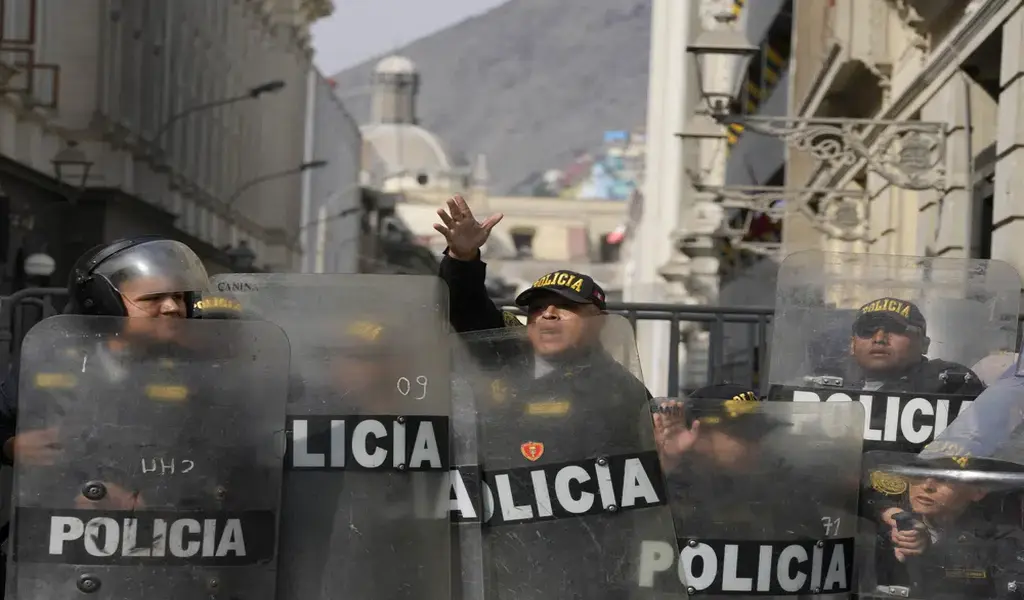
(CTN NEWS) – LIMA, Peru – Thousands of protesters, many of them from far-flung Andean regions, poured into the Peruvian capital on Thursday, demanding the resignation of President Dina Boluarte and the reinstatement of her predecessor.
Whose ouster last month sparked deadly unrest and plunged the country into political anarchy. Police responded by firing tear gas to disperse the crowd.
Security personnel who prevented demonstrators from accessing the Congress and other important government buildings.
As well as the business and residential sections of the capital, clashed with the crowd of protesters assembled in Lima’s historic center.
In addition to Boluarte’s resignation, Pedro Castillo’s supporters called for the immediate dissolution of Congress and elections.
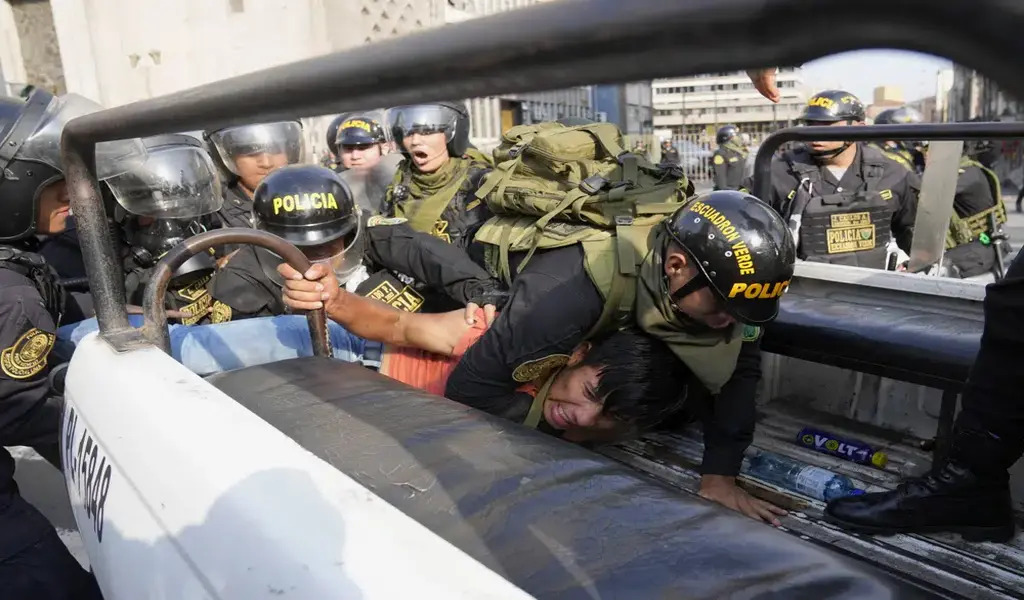
/ AP
Castillo, the first president of Peru from an Andean peasant background, was removed from office after an unsuccessful attempt to dissolve Congress.
The protests resembled a game of cat and mouse for the majority of the day, with protesters trying to get through police lines and some of them throwing rocks at police.
Police responded with bursts of tear gas, which caused the protesters to flee while using rags dipped in vinegar to lessen the sting to their eyes and skin.
Sofia López, 42, said as she sat outside the nation’s Supreme Court, “We’re surrounded. “We’ve tried going through many places, but we keep finding ourselves going in circles.”
Fires smoked in the streets of downtown Lima as the sun set and demonstrators hurled rocks at police officers who were dousing the area in so much tear gas that it was difficult to see.
Verónica Paucar, 56, whose throat was choking from the tear gas, stated, “I’m feeling angry.” “We’re coming back in peace. We number in the thousands now, and in three, four, or five days.
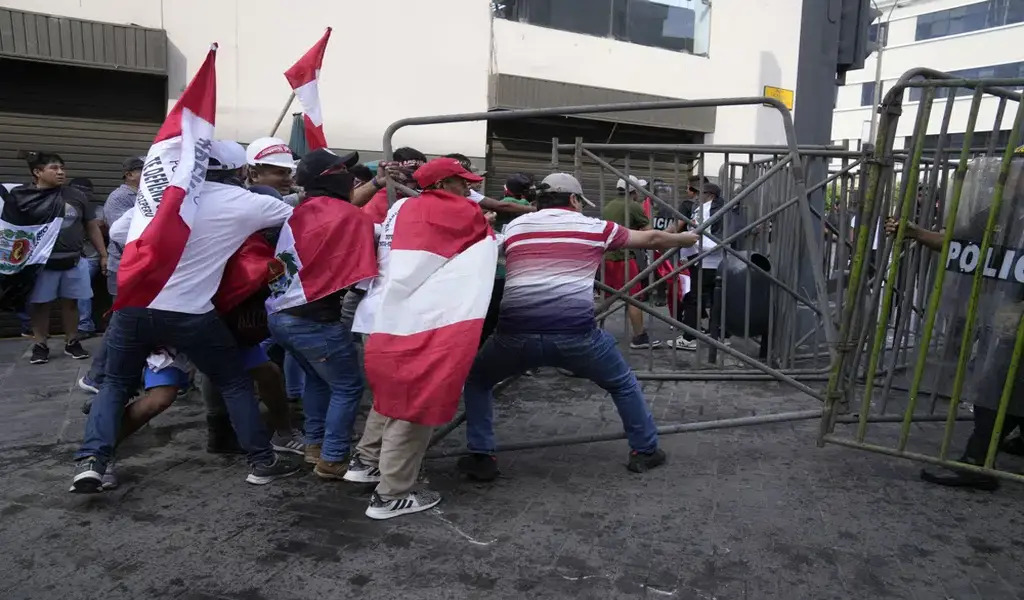
AP
Protesters who had intended to march into the symbolic enclave of the financial elite, Miraflores, were frustrated.
A sizable police presence at a Miraflores park kept the anti-government protestors apart from a smaller gathering of activists who supported law enforcement.
Late on Thursday night, firemen were attempting to put out a sizable fire that started in a building close to the demonstrations in downtown Lima, though it was not immediately obvious how the blaze was connected to the protests.
Until recently, most protests had taken place in the southern Andes of Peru, and 55 people had died there, usually in fights with security personnel.
Thursday’s demonstrations were unified by their anger over Boluarte, as demonstrators screamed, “Out, Dina Boluarte,” “Dina Murderer, Peru repudiates you,” and “New elections, let them all depart.”
“Our God forbids killing your neighbor. Paulina Consac, one of the 2,000 Cusco protestors marching in central Lima, remarked, “Dina Boluarte is killing; she’s making brothers fight.”
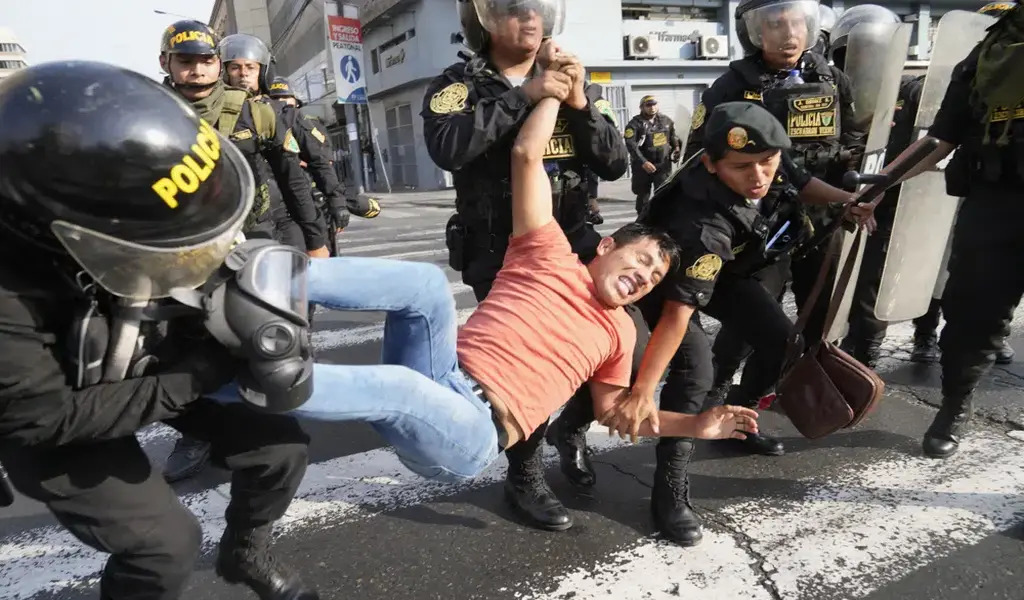
AP
By early afternoon, demonstrators had transformed significant streets in Lima’s centre into sizable pedestrian zones.
According to Pedro Mamani, a student at the National University of San Marcos, which was housing protesters who had travelled for the demonstration, “we’re at a breaking point between dictatorship and democracy.”
Police forces deployed around the university and at strategic locations in Lima’s historic downtown area, totaling 11,800 cops, according to Victor Zanabria, the city’s police chief.
A video released on social media shows protesters attempting to storm the airport in southern Arequipa, Peru’s second city, where protests were also conducted elsewhere.
Massive Protests in Peru today as part of a general strike that has shut down 18 of 26 regions in the country.
Thousands of protesters are calling for the coup govt of Boluarte to resign. Police under her orders are responsible for over 50 deaths in the last 42 days of protests. pic.twitter.com/iq2u2bnLGs
— Manolo De Los Santos (@manolo_realengo) January 20, 2023
Police prevented them, and there was fighting, according to Peru’s Ombudsman.
The protests, which broke out last month, were the worst political violence in more than 20 years and brought to light the stark contrasts between the urban elite.
Predominately based in Lima, and the underdeveloped rural communities.
Demonstrators thought that by taking the demonstration to Lima, they would give new life to the campaign that had started after Boluarte was inaugurated in as president on December 7 to succeed Castillo.
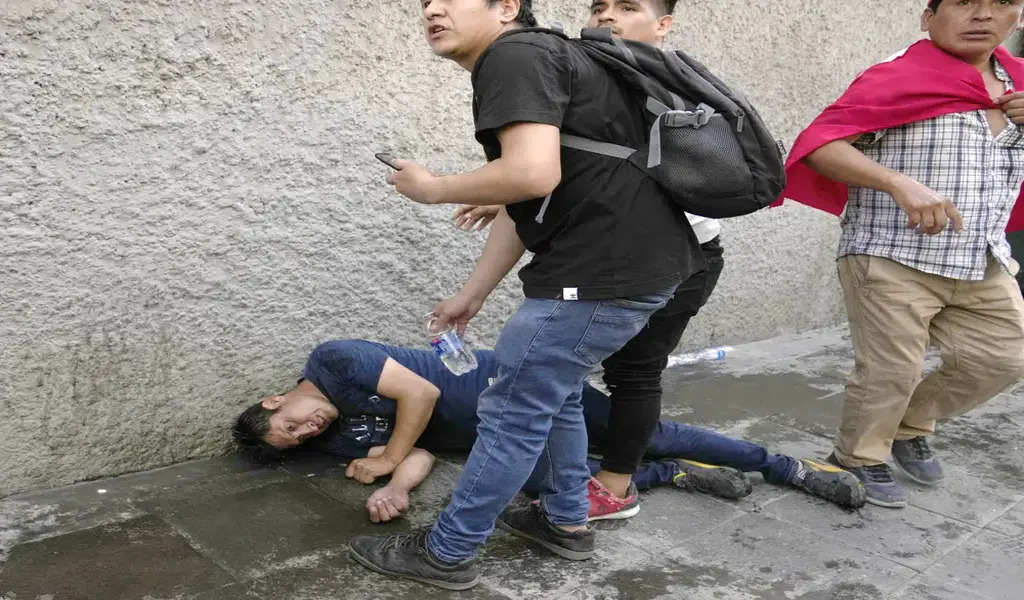
AP
According to Alonso Cárdenas, a professor of public policy at the Antonio Ruiz de Montoya University in Lima, “when there are tragedies, bloodbaths outside the city.
It doesn’t have the same political relevance on the public agenda as if it took place in the capital.”
The concentration of demonstrators in Lima also reflects the recent increase in anti-government protests in the city’s capital.
Boluarte has declared her support for a proposal to hold the presidential and congressional elections two years early, in 2024.
The Cuatro Suyos March, named after the four cardinal points of the Inca empire, is the name given by activists to the protest that took place in Lima on Thursday.
It was also the name of a large-scale movement in 2000 that saw thousands of Peruvians take to the streets to protest Alberto Fujimori’s dictatorial rule, which ended months later.
But earlier protests and the ones this week differ significantly in important ways.
According to Cardenas, “in 2000, the populace demonstrated against an administration that had already solidified its hold on power.”
They are opposing an administration that has just been in office for a month and is quite weak in this case.
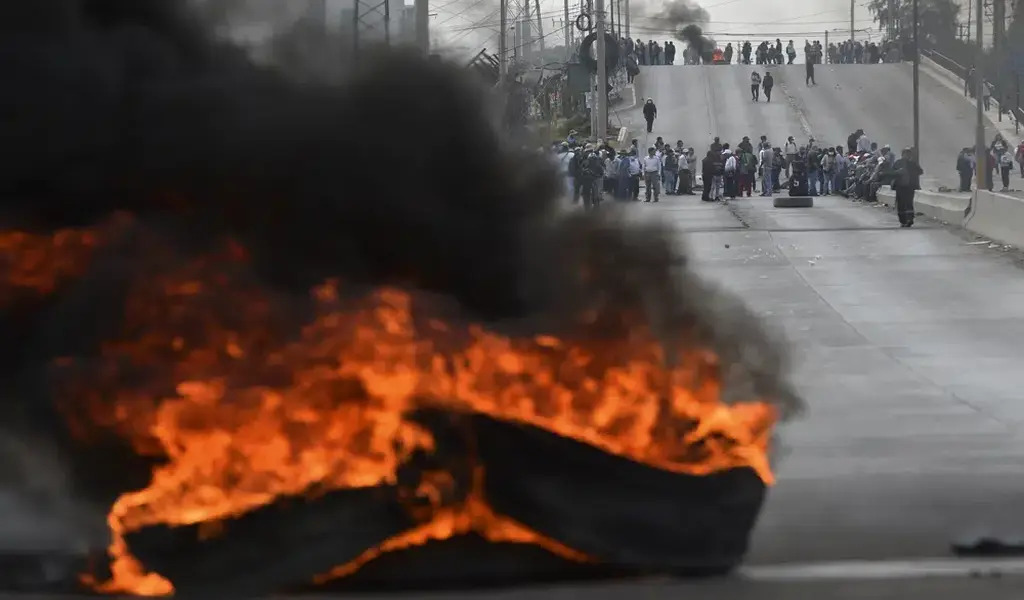
AP
Political parties served as the key organizers and leaders of the 2000 protests.
The recent protests have generally been unorganized, grass-roots initiatives without a clear leader.
This dynamic was evident on Thursday as demonstrators frequently appeared bewildered and unsure of where to go next because police officers was always in their way.
The demonstrations have intensified to the point where the public is no longer likely to accept Boluarte’s departure and is instead calling for a more significant structural transformation.
On Thursday, protesters vowed not to be intimidated.
61-year-old David Lozada observed a row of police officers with helmets and shields preventing demonstrators from leaving downtown Lima and declared,
“This isn’t end today; it won’t end tomorrow, only if we accomplish our goals.” I’m unclear of their motives; do they want to begin a civil war?
RELATED CTN NEWS:
China And Australia Trade Ministers To Meet Via Video Conference For The 1st Time In 3 Years
Taiwan Executive Body ‘Su Tseng-chang’ Declares Resignation






























